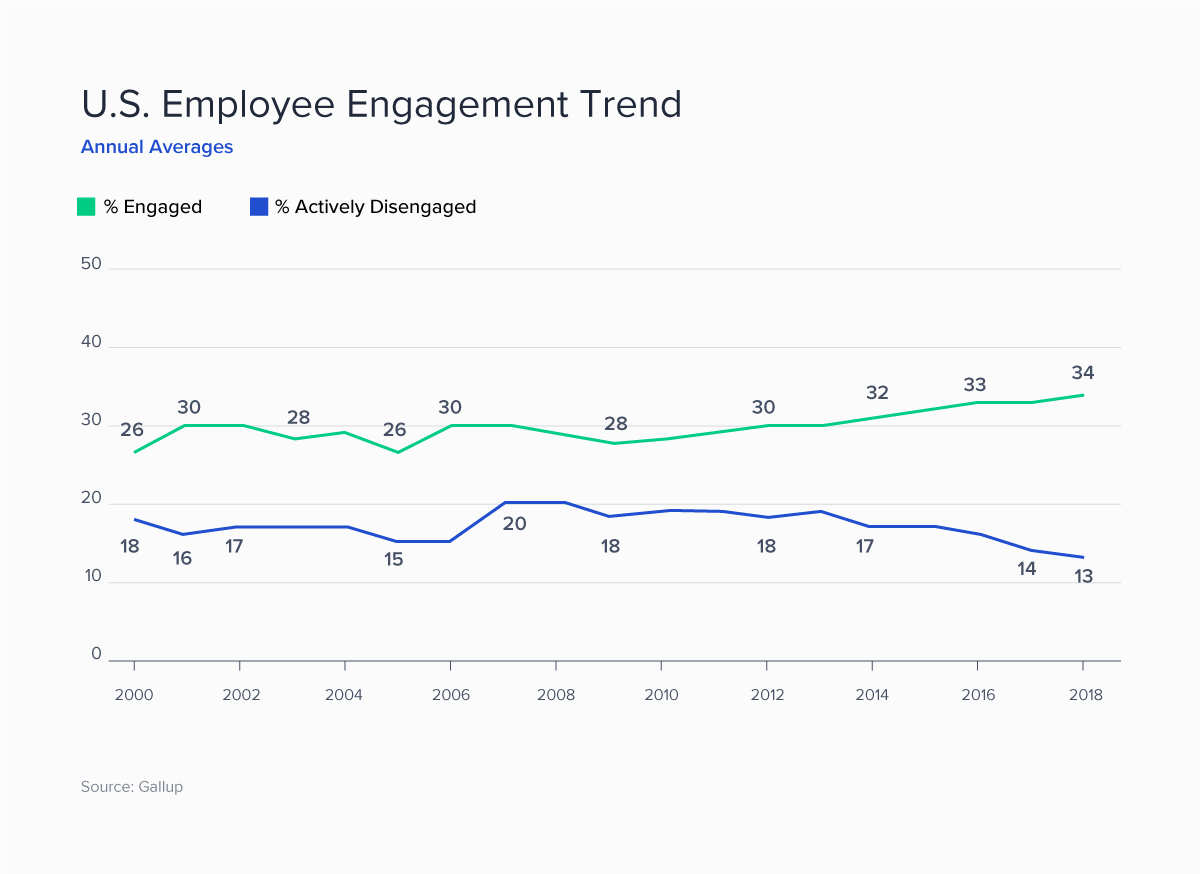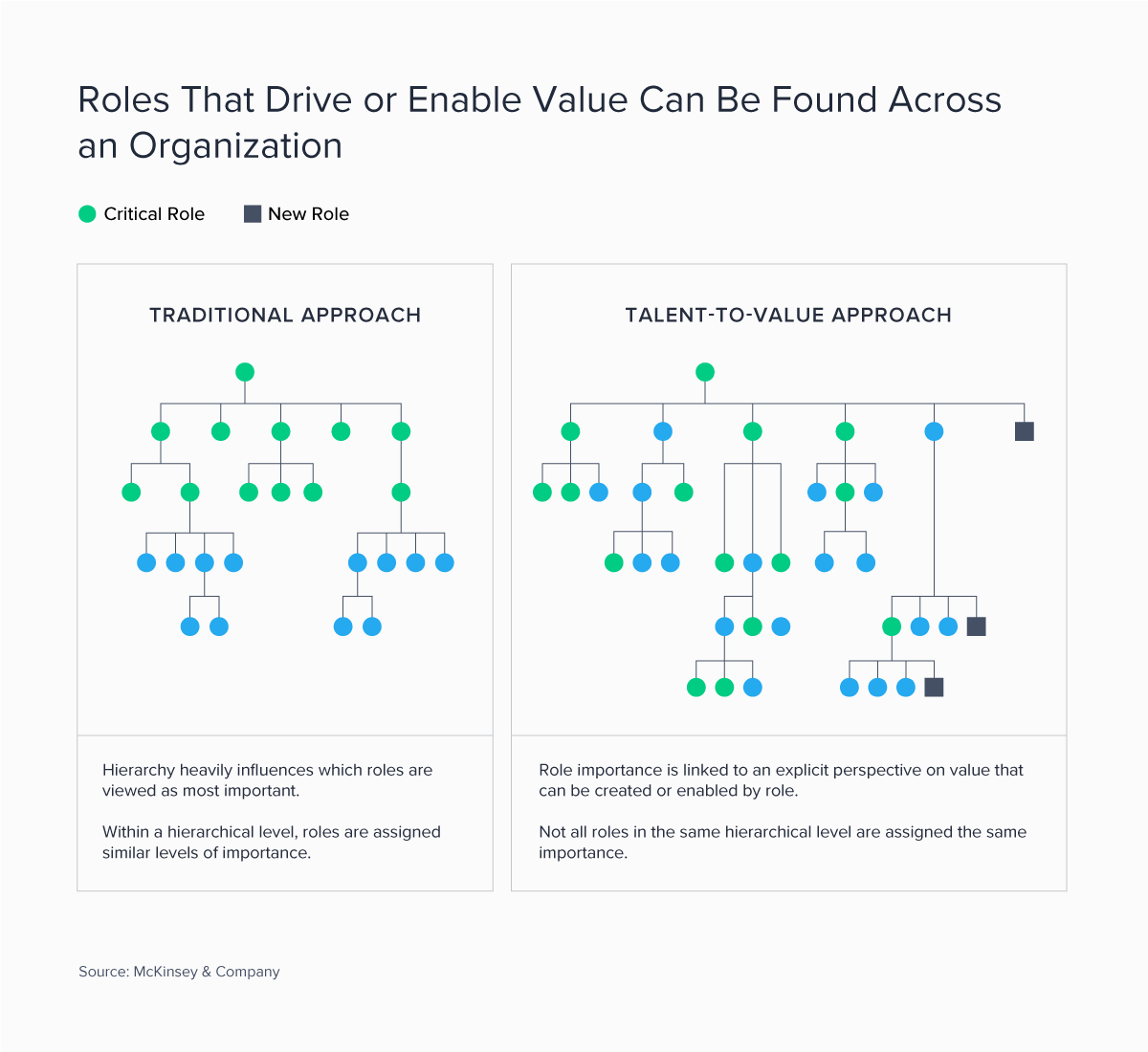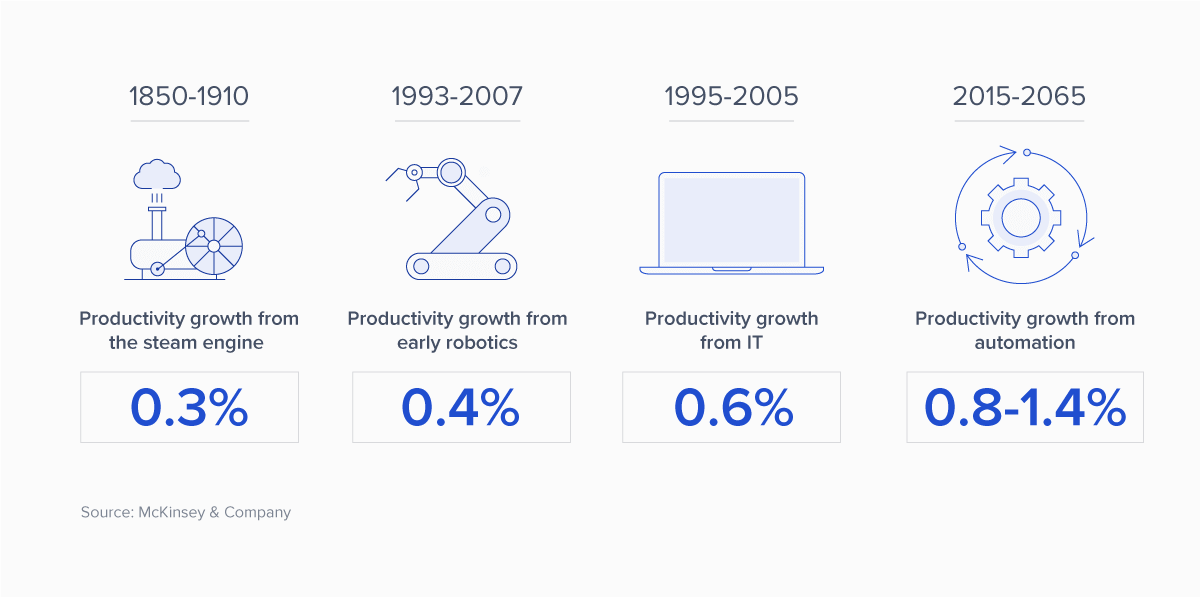Breaking Down the “Real” Future of Work
authors are vetted experts in their fields and write on topics in which they are extremely knowledgeable. All of our content is peer reviewed and validated by world-class professionals.

Ask 10 people to define the Future of Work, and you’ll receive 10 different responses.
Ardent Partners defines the Future of Work as the optimization of work. This is accomplished by the transformation of business operations and talent, seamless and holistic solutions, and, perhaps most importantly, flexible enterprise thinking.
The Future of Work has sparked a new focus on how work gets done from workforce, technological, and strategic perspectives. In 2019, the vast majority of businesses (81%, according to Ardent Partners research) were focused on achieving business agility, which translates into a pressing need for real-time, on-demand, and dynamic approaches to how they react to both traditional and emerging competitive challenges. In order to overcome these challenges, companies will need to consider how they are evolving along with the following three fundamental components of the Future of Work, each of which points to the ultimate goal -- work optimization.
The Evolution of Talent
There are incredible shifts occurring in the world of talent. Most significantly, according to Ardent Partners research, 41.5% of the average organization’s total workforce is comprised of non-employee labor, a figure that is nearly double what it was roughly seven years ago. The use of non-employee talent continues to rise. More than 50% of organizations plan to increase their use of contingent talent in the next 2-3 years.
Consider the following factors contributing to these shifts:
1. The emerging shortage of talent. The global talent shortage is now the top emerging risk for organizations. According to research, 63% of businesses face scarcity in the permanent and FTE talent pools.
2. The growing skills gap. Gaps in sought-after skills leave companies looking for talent. According to McKinsey, 60% of executives “expect that up to half of their organization’s workforce will need retraining or replacing within five years. An additional 28% of executives expect that more than half of their workforce will need retraining or replacing. More than one-third of the survey respondents said their organizations are unprepared to address the skill gaps they anticipate.”
3. Employee engagement levels. Current engagement levels indicate that there’s room for improvement. According to Gallup, “The percentage of ‘engaged’ workers in the U.S. -- those who are involved in, enthusiastic about, and committed to their work and workplace -- is now 34%, tying its highest level since Gallup began reporting the national figure in 2000.” Striking the high-water mark is encouraging, but it’s still a low number. The remaining 53% of workers are in the “not engaged” category (with 13% in the “actively disengaged category”). The unengaged, and especially the “actively disengaged,” may be generally satisfied but are not “cognitively and emotionally connected to their work and workplace; they will usually show up to work and do the minimum required but will quickly leave their company for a slightly better offer,” reads the report.

4. Value found in all levels of the company. Historically, companies have believed those at the top of an organization offered the greatest value to the company. Executives assume, “the most critical roles are always within the ‘top team’ rather than three, or even four, layers below the top,” according to an article in McKinsey Quarterly. McKinsey’s research, however, shows that the greatest generators of value can be distributed throughout a company’s organization. It follows, then, that companies may be increasingly missing talent critical to the success of their company.

In other words, the conditions throughout the market – shortage of talent in enterprise organizations, skill gaps, low engagement scores for FTEs, and an increasing awareness that value is created at multiple levels in an enterprise – have created a market for freelance and contingent workforces. In the real Future of Work, the ever-growing numbers of these individuals can and will define their terms of employment with a focus on greater flexibility. Enterprise organizations will need to consider widening their definitions of talent to focus on skill, not location, title, or current employment status.
In fact, at Ardent, we believe non-employee talent should be considered the real catalyst for the Future of Work.
Advancements in Technology and Innovation
Technology has enabled the talent evolution by providing efficient tools for working remotely, including:
- Instant messaging apps such as Slack, Microsoft Teams, and Google Hangouts
- File sharing platforms including Dropbox and Google Docs
- Project management tools such as Asana and Trello
- Time tracking tools including Everhour and Toggl
Technology has also evolved to help manage how enterprise organizations source and engage alternative workers. Without the right talent, companies can undermine their ability to achieve goals and objectives. Digital staffing platforms have emerged as a way for organizations to maintain control over the selection of their non-employee workforce. Ardent Partners has tracked digital staffing platforms and found their utilization has tripled since 2015.
Digital staffing technology enables the following:
- Curation of freelancers, contractors, and professional services into private client clouds (top-down talent networks)
- Access to a network of qualified candidates via a digital portal (bottom-up talent networks)
- Functionality to manage projects supported by non-employee talent
- Talent-matching capabilities for project/role-to-candidate capabilities
- Payment and settlement for non-employee workers
- Compliance and risk mitigation of independent contractor, tax, regulatory, and related issues
- Reporting and analytics to measure cost, performance, and impact of non-employee talent
- Integration with workforce management platforms such as vendor management systems (VMS), applicant tracking systems (ATS), and human resources information systems (HRIS)
On-demand sources of talent such as digital staffing platforms (like Toptal), talent marketplaces, or company-specific talent marketplaces (such as PWC’s Talent Exchange) will increase an organization’s ability to meet their changing talent demands and will empower skilled workers to find work. Traditional human resources systems have also adapted to new business realities. For example, Beeline and ADP’s WorkMarket enable companies to manage their contingent workforce systems.
In addition to managing talent in the Future of Work, technology has evolved to facilitate how work gets done. Next-generation technologies including augmented intelligence (AI) and blockchain are disrupting not only how work gets done, but who will do it. Gartner estimates that smart machines will replace one in three jobs by 2025 while McKinsey predicts that, by 2055, half of the current tasks will be automated with technology that exists today.
These large-scale shifts in employment are not unprecedented, however (see image below), and will not happen overnight.

The Future of Work will be defined by talent and technology evolving in tandem, compelling and facilitating changes in both markets.
The Transformation of Business Strategy
Advances in human capital and technology aren’t enough to ensure the survival of a business. Organizations will require scalability, top-tier expertise, and an on-demand workforce that understands how to leverage these digital and talent transformations in an efficient, effective, and cost-savvy manner.
The execution of optimizing how work is done is connected to a human-led strategy. Companies will have to understand the alignment between their business objectives and the skill sets within their own talent pool. Ultimately, it comes back to talent. McKinsey’s Quarterly article states,
Organizations that expect to benefit from a digital transformation or a promising new strategy won’t get very far if they lack the people to bring the plans to life.
The convergence of new technologies and new workforces requires new thinking, flexible attitudes towards work, and new focal areas within a business strategy. Talent, technology, and strategy are the hardline linchpins for bringing organizations into the Future of Work. The “talent experience,” inclusive business environments, and innovation-ready cultures all promote the ideal means of changing how businesses develop forward-looking strategies in relation to “work.”
